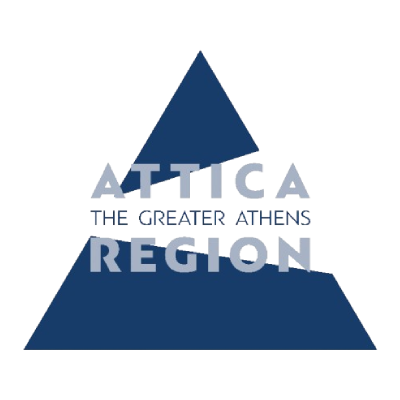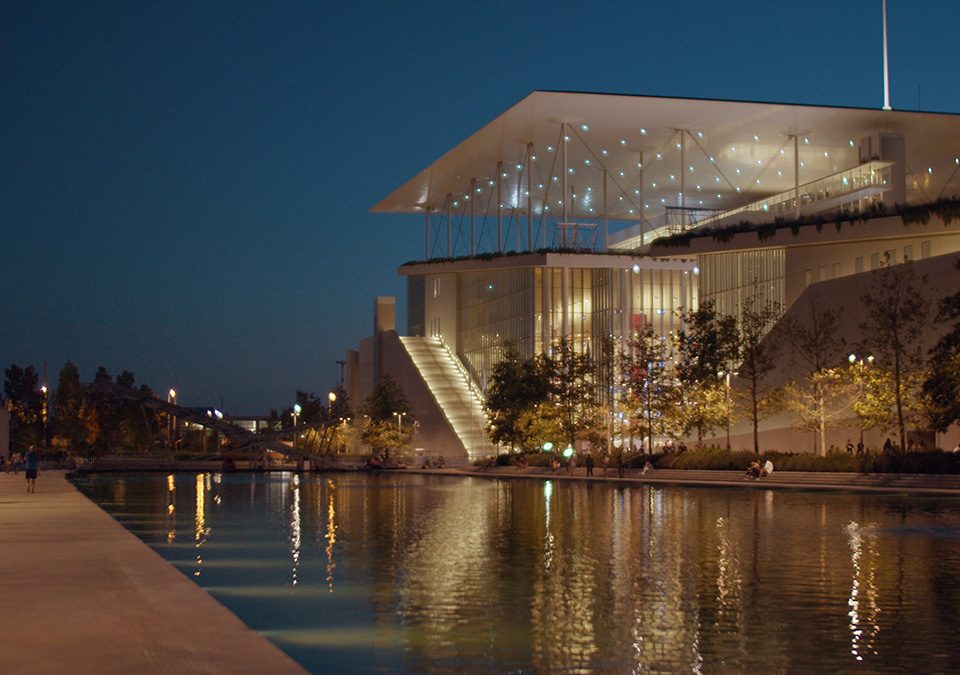At the Ancient Agora of Athens, the birthplace of Democracy!

Northwest of the Acropolis, the Ancient Agora of Athens stands like a time capsule. In ancient times, that was the city’s administrative and economic centre, the place where every single aspect of public life would evolve. The big open square was surrounded by the most important public buildings and sanctuaries at the time, such as temples, the Podium, the conservatory and the library. Today, the surviving monuments and the Museum of the Ancient Agora vividly narrate the history of the social and commercial core of Ancient Athens.
Lying between the Areopagus and the Colonus Agoraeus hills, the Agora of Athens was set up in the mid-6th century BC and was crossed by the Panathenaic Way, one of the most significant streets in the ancient city, walked by the pompous procession towards the Acropolis during the great festival of Panathenaea.
Everything could happen, and actually did, in the Agora, the true headquarters of the city’s public life. The Athenians used to visit the square not only to conduct their business, but also to join a variety of cultural, religious and judicial activities. There was the cradle of the Athenian democracy, born and fortified by Solon, Cleisthenes and Pericles; the meeting point of great philosophers, including Socrates and Plato.
Following repeated attacks and devastations, the location of the Ancient Agora was finally abandoned after the 6th century AD, having suffered the pillaging by the Persians in 480 BC and the Romans in 86 BC, the invasion of the Herulians in 267 AD and the Slavs in the 6th century AD.
Although its ancient buildings and thousands of objects had been buried deep into the ground, extensive excavation works during the 19th and the 20th centuries brought the Ancient Agora of Athens to light again.
Nowadays, visitors may admire the well-preserved Temple of Hephaestus, broadly known as “Thiseion”. The east side metopes depicted the nine labors of Hercules, whereas the north and south sides were decorated with scenes of Theseus’ four achievements.
The round structure of Tholos is also one of the most important public buildings, hosting the head office of the standing committee, namely the fifty prytaneis of each tribe, in charge of administration for a short-time tenure. It also served as a repository for a set of official weights and measures of the city-state of Athens.
Housing the sessions of the Athenian Council (the Boule), a 500-member deliberative body, the New Bouleutirion was a rectangular building, whose foundations are still partly preserved. There, its members used to draw the law bills for subsequent discussion and approval by the Ecclesia, the citizens’ assembly.
When entering the Ancient Agora, visitors may also find the Byzantine church of the Holy Apostles of Solakis, the only medieval monument surviving within the site, built shortly before 1000 AD, being the center of the byzantine neighborhood in the area. The exterior masonry preserves elaborate ceramic ornaments and “kufic” designs, named after the Arabic calligraphy developed in the historical city of Kufa.
Accommodated in the reconstructed building of Stoa of Attalos, the Museum of the Ancient Agora portrays the entire background of the excavations, with interesting trivia about the ancient Athenians’ private and public life. The entire evolution of democracy unfolds through valuable exhibits and findings that catch the visitor’s eye through a contemporary museology approach.
Wander around the archeological site of the Ancient Agora of Athens, a truly symbolic place with centuries of history. Plan your visit ahead and delve into this priceless experience. Spend some time to observe the monuments, visit the museum and go back to the golden age of Ancient Athens, the heart of democracy and its civilization!




